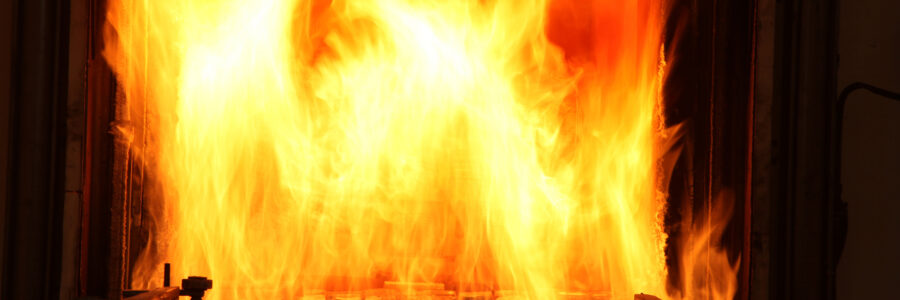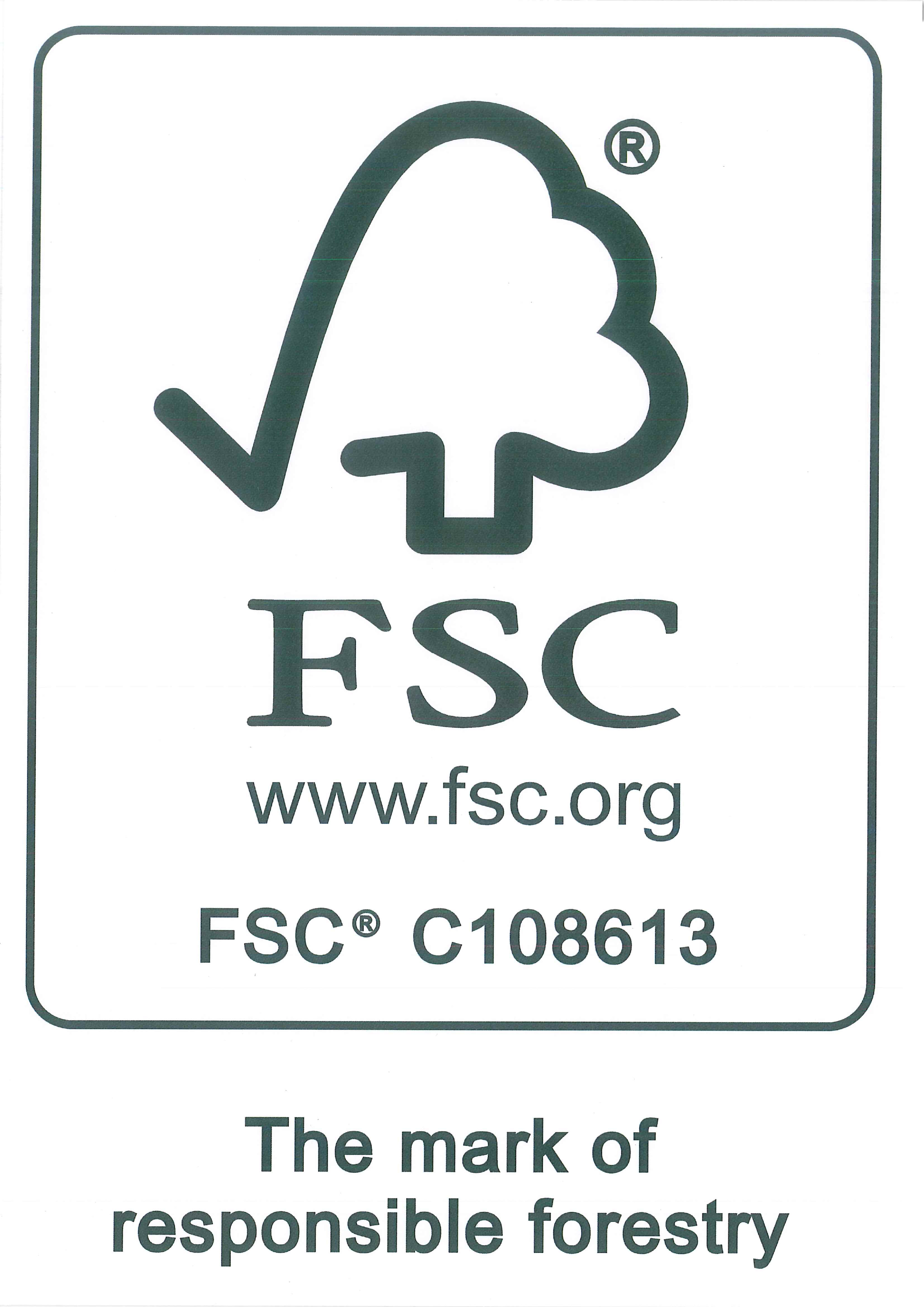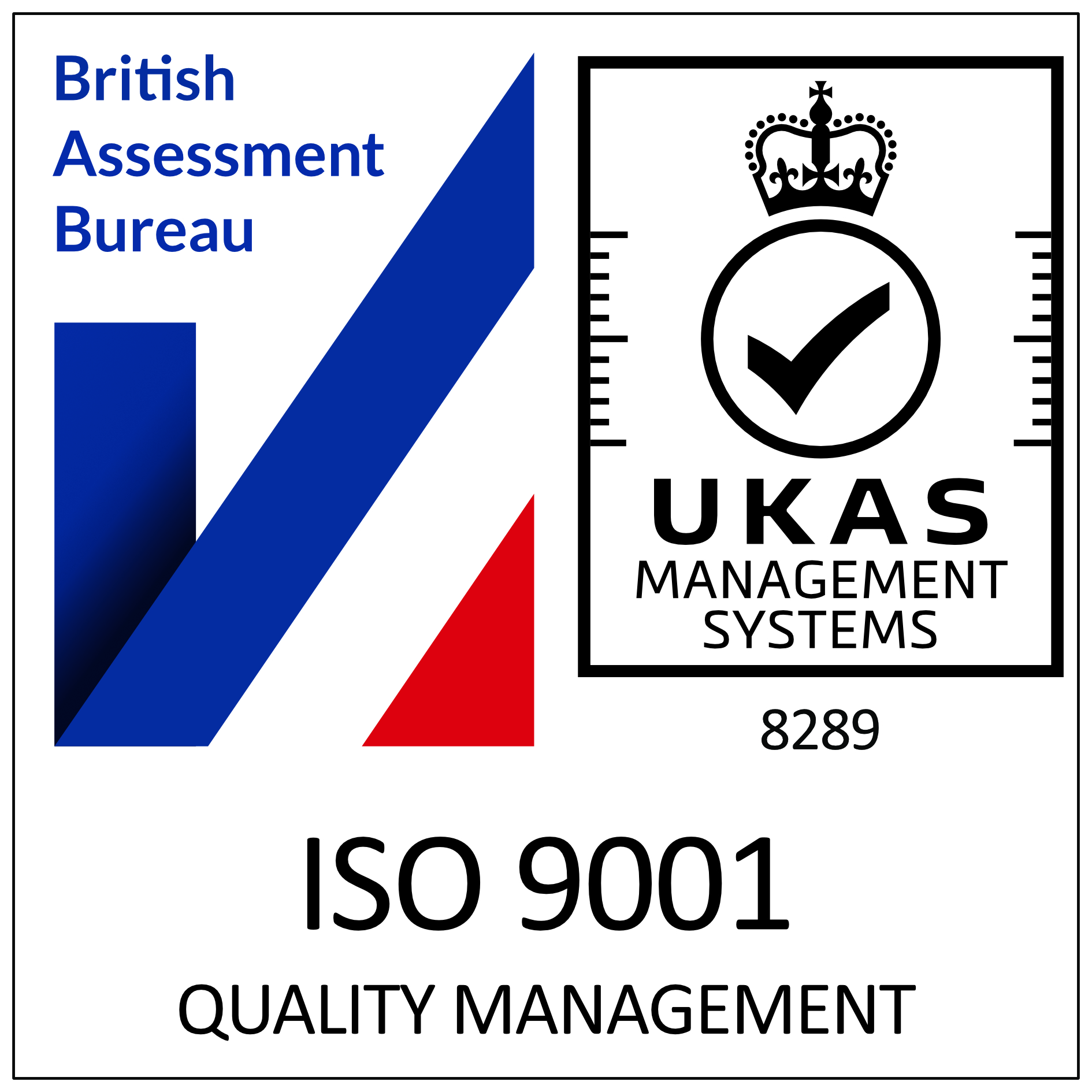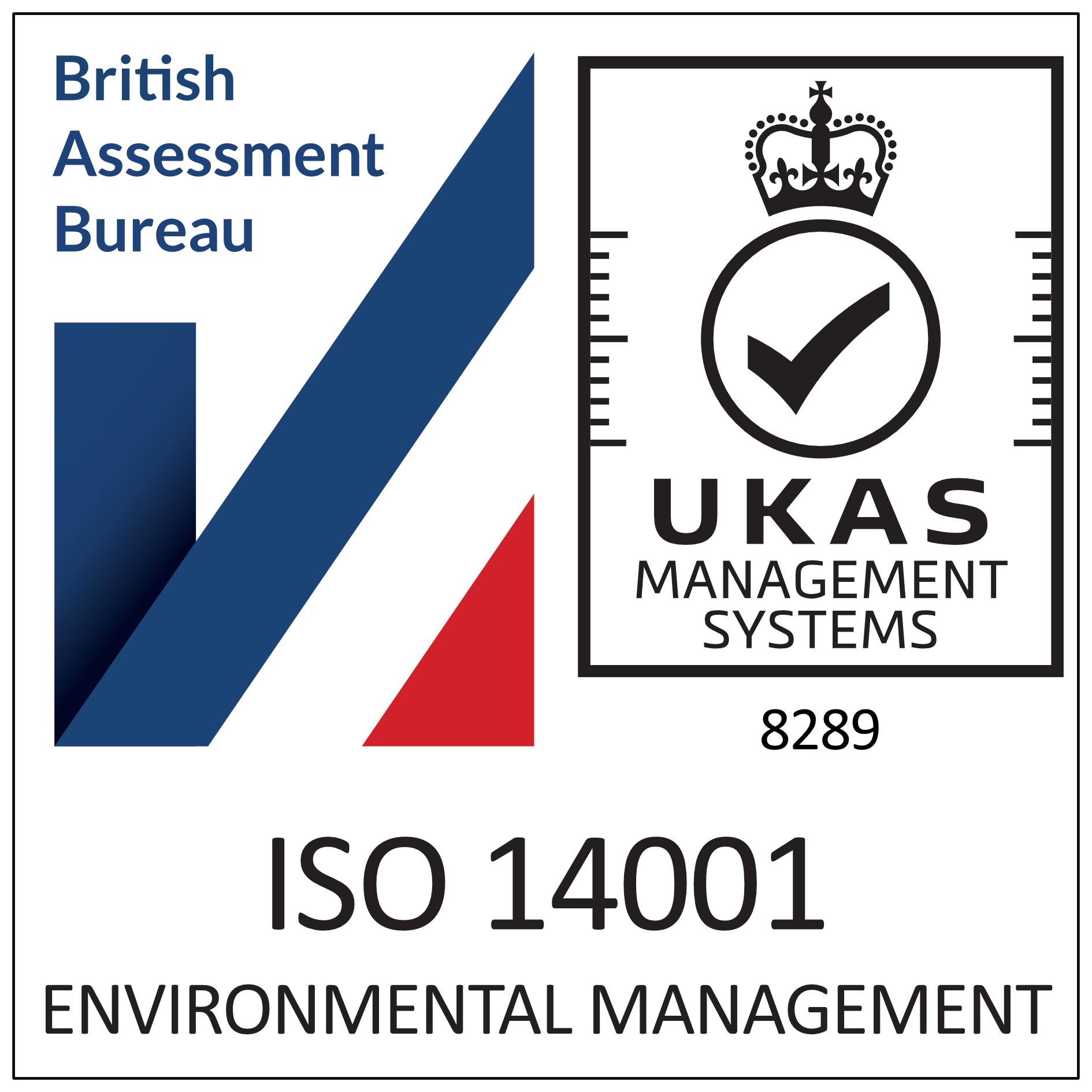FD30 Fire Door Regulations
There are many buildings that are subject to legal, mandatory fire regulations for the protection and safety of any occupants or visitors – and within those buildings the fire doors are an integral part of that protection. Following the tragic events of Grenfell Tower fire, all aspects of fire safety came under scrutiny with the Grenfell Tower inquiry stating, “Fire doors play an essential role in preventing or inhibiting the spread of smoke and toxic gases and in preserving the effective compartmentation of buildings” and, to that end, new, more stringent, reforms to the existing regulations were introduced in January 2023. Here is some information with regards to fire door functions, ratings and the regulations applied to such:
Fire Doors
Fire doors are manufactured to different protection ratings, from Fd30, which provides fire protection for a minimum of 30 minutes, through Fd60 and Fd90 fire doors providing the same protection for 60 and 90 minutes respectively, and even higher rated fire doors for certain environments.
The prime function of any fire door is to stop, or inhibit, the passage of fire, flame, heat, and smoke from one area or room to another for the specific time window specified in the event of a fire outbreak. The most common fire door is the Fd30 – Fd30 fire doors are installed in many commercial and residential buildings as part of an overall fire safety plan, devised through conducting and implementing the recommendations from a Fire Risk Assessment.
All the components of an Fd30 fire door must have been fully tested and certified as being capable of providing protection from all the harmful elements of a fire for a minimum of 30 minutes. These components include the door frame, the door leaf itself, all the door furniture (handles, locks, hinges), any glazed panels, any closing mechanisms and, importantly, the intumescent smoke seals!
All Fd30 fire doors must also have been awarded and display the relevant certification identifying them as quality approved fire doors. Whereas traditionally, fire doors used to appear quite ‘industrial-looking’ as they were constructed from materials such as steel and even asbestos, advances in fire retardant technology in recent years have meant that fully functional, protective fire doors are now manufactured with modern, aesthetically pleasing finishes.
Internal Fd30 fire doors can be designed, constructed, and installed in oak and other woods and timbers, and fitted with glazed panels where appropriate or desired. These advancements in fire retardant materials have been developed alongside the stricter mandatory regulations for fire safety.
Responsible Person
Every public building, or residential buildings of multiple occupation, will have a landlord or ‘building manager’ who is deemed the ‘responsible person’ – it is the duty of the responsible person to ensure that the following instructions are performed under the article 24 of Regulatory Reform order:
- Quarterly checks of all fire doors (including self-closing devices) in the common parts of the building are undertaken.
- Annual checks of all building entrance doors that lead to a building’s common parts are performed.
- To provide all residents of a multi-occupied residential building with at least two separate sets of information on the importance of fire doors and the necessity for their maintenance and correct use to maintain the integrity of the building’s fire safety.
Minimum Requirements
These regulations and checks apply to all fire doors within a building, regardless of their fire rating. The inspection of fire doors should consider the following aspects:
- Any alterations or damage to a door’s glazing or air transfer grill
- Any gaps around the door frame
- Ensure seals and hinges are correctly fitted
- Ensure the door closer is functioning properly and fully closes the door
- Ensure the door closes fully around the entire frame
- Confirm there is no visible damage nor excessive ‘wear and tear’ to the door or door closing mechanism
- Confirm there is no visible damage to the intumescent smoke seals
If any of these aspects are compromised in any way, the door must be repaired or replaced as soon as possible – any breach of these conditions is deemed as a criminal offence.
Certification
All fire doors should comply with the strict rules and regulations for their installation and function in all environments – this certification is achieved through the thorough stringent design and testing of these doors performed at an approved, independent third-party testing centre. Once these tests are satisfied, the door set will be issued with the relevant certification which must be clearly displayed once installed.









